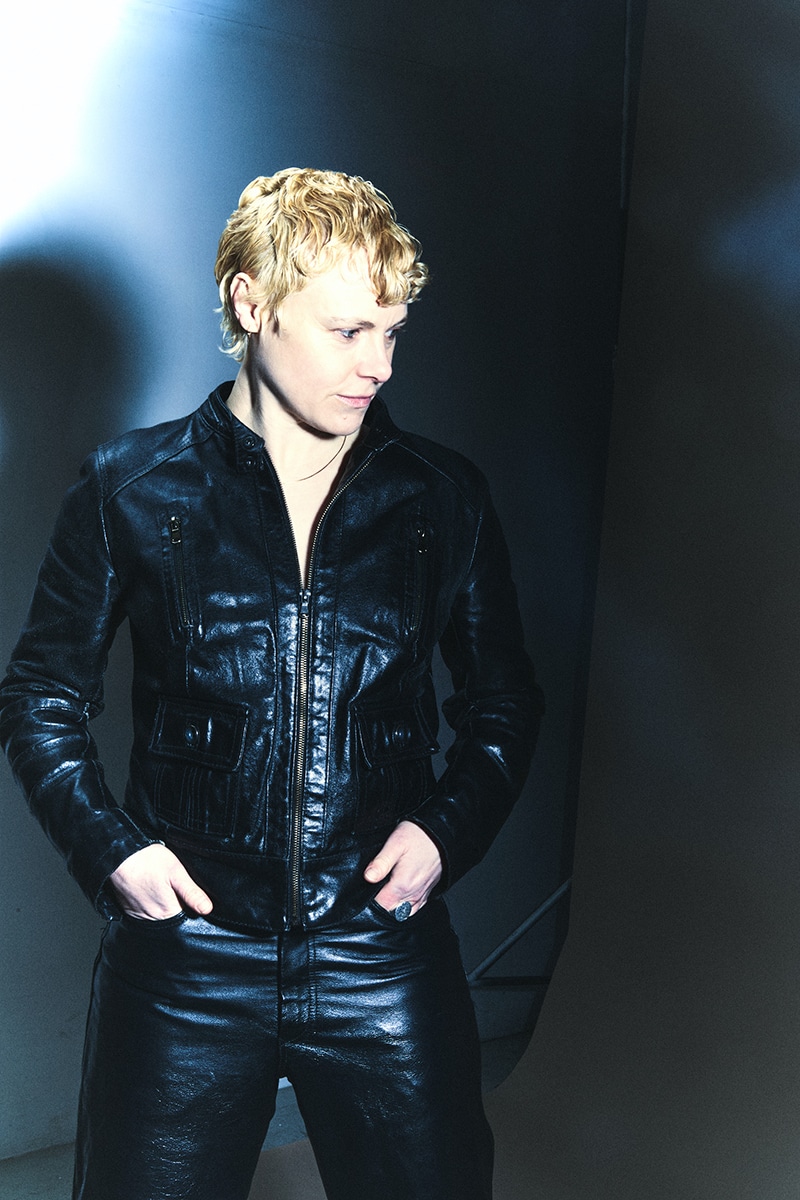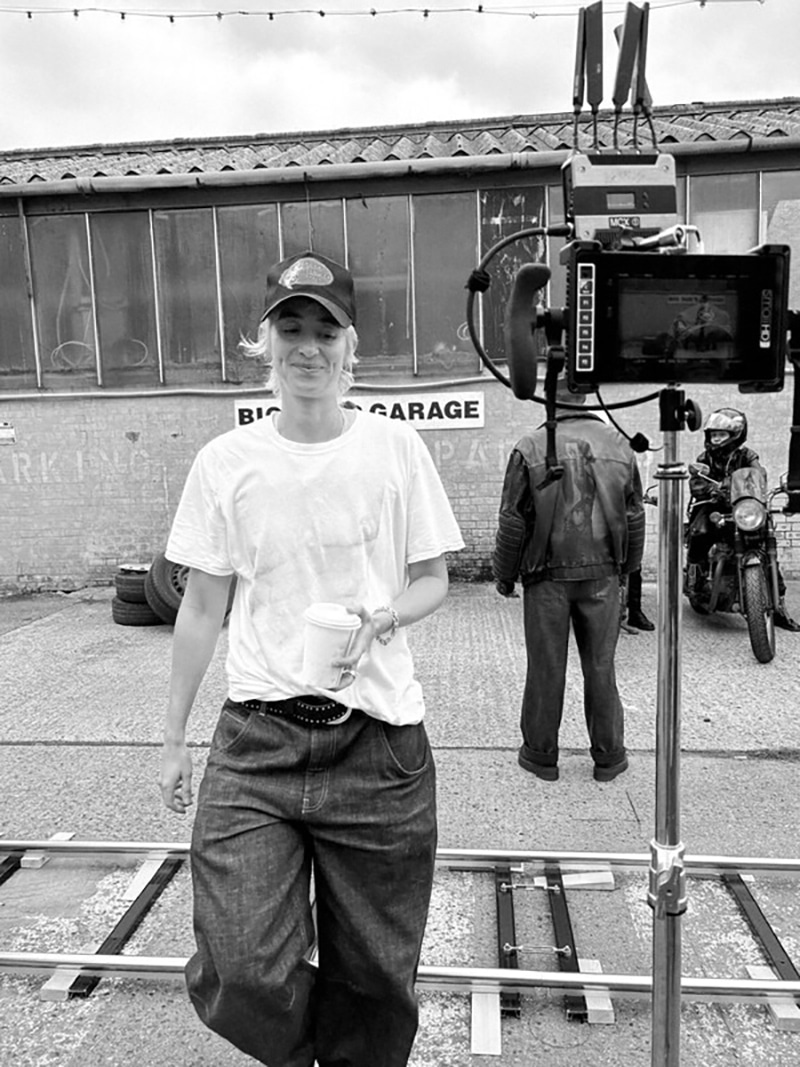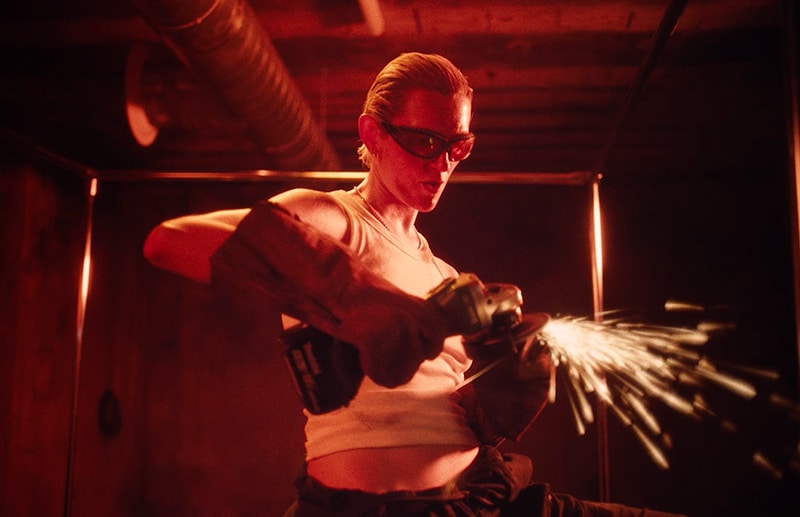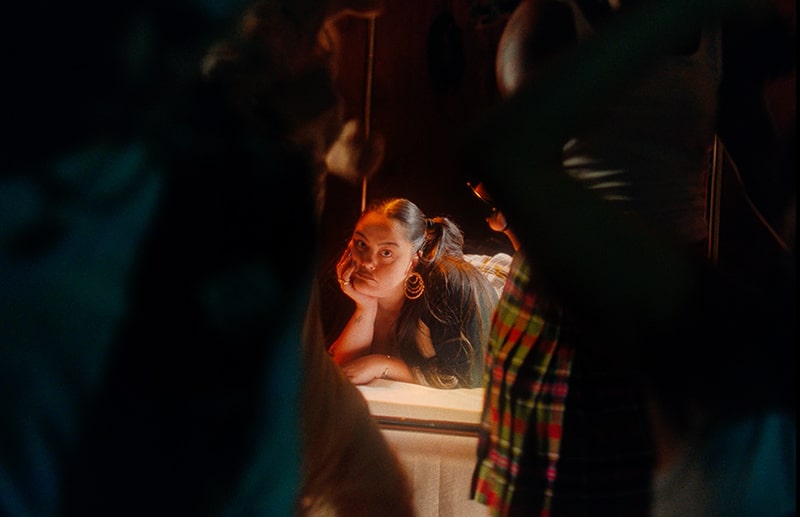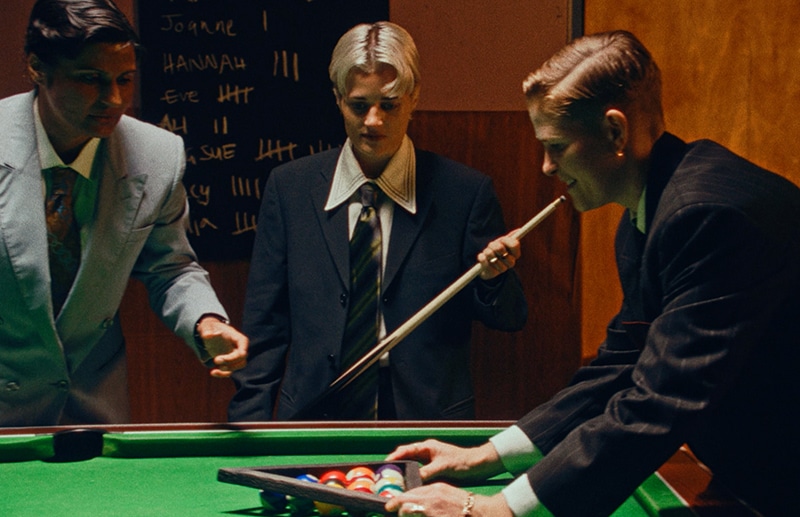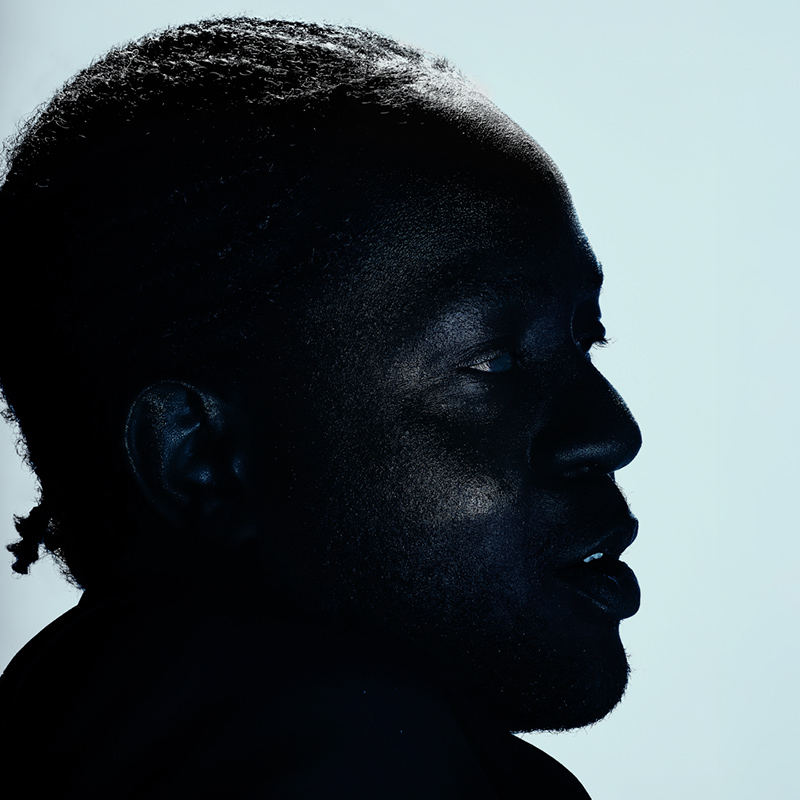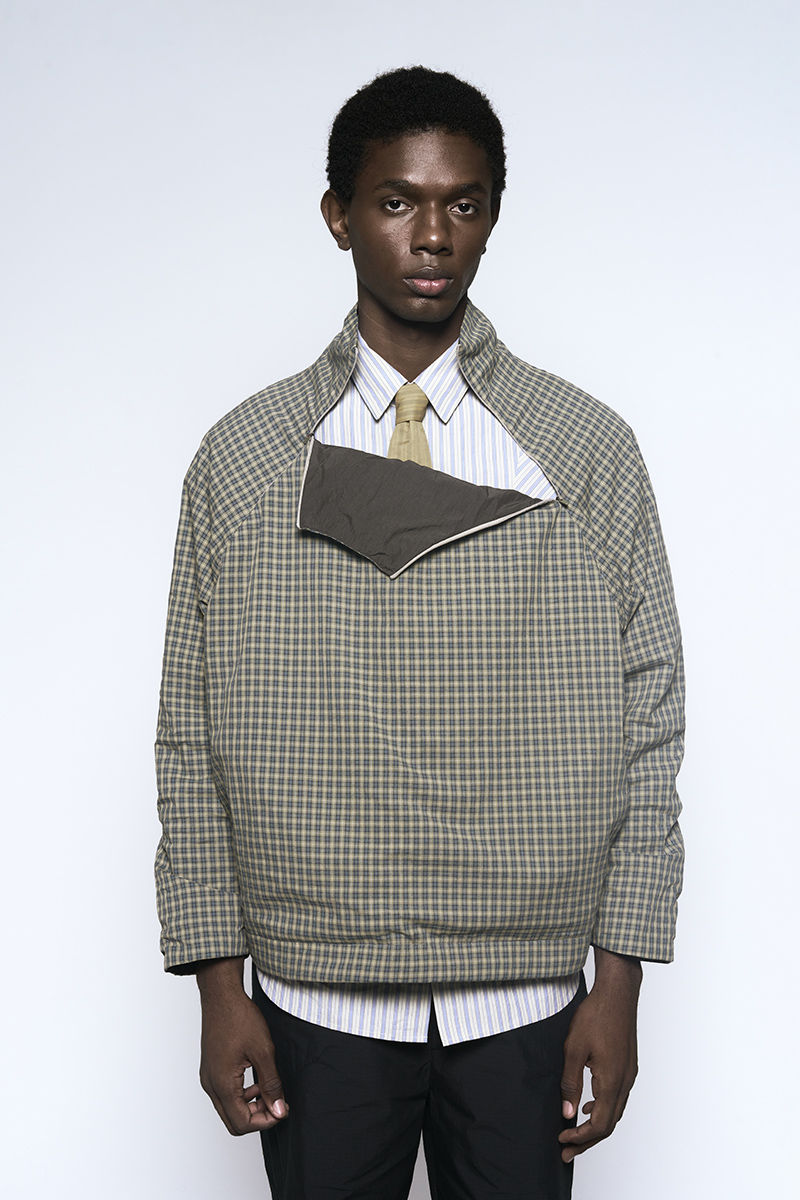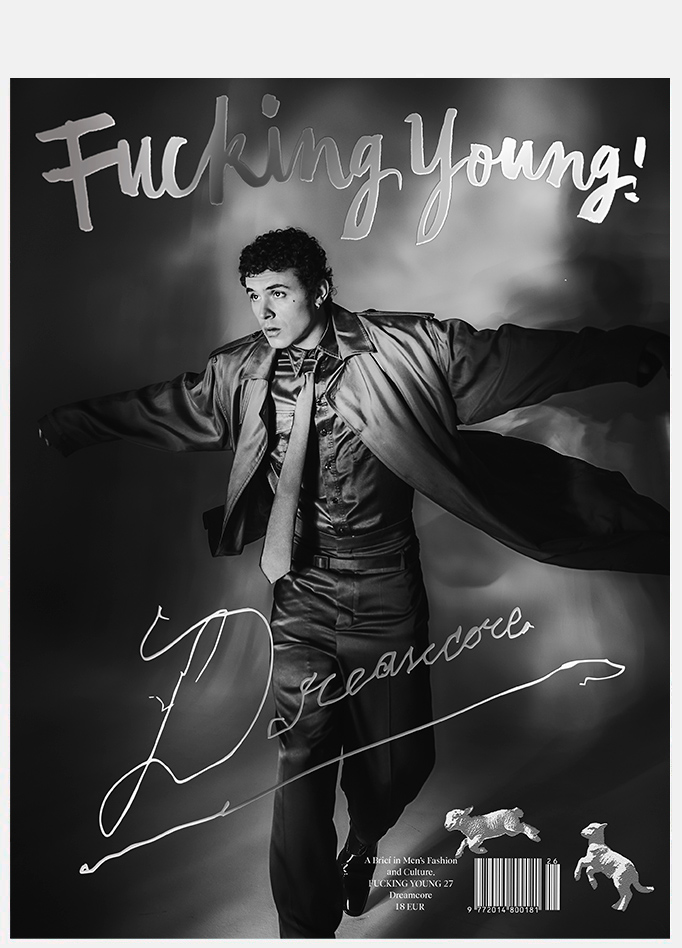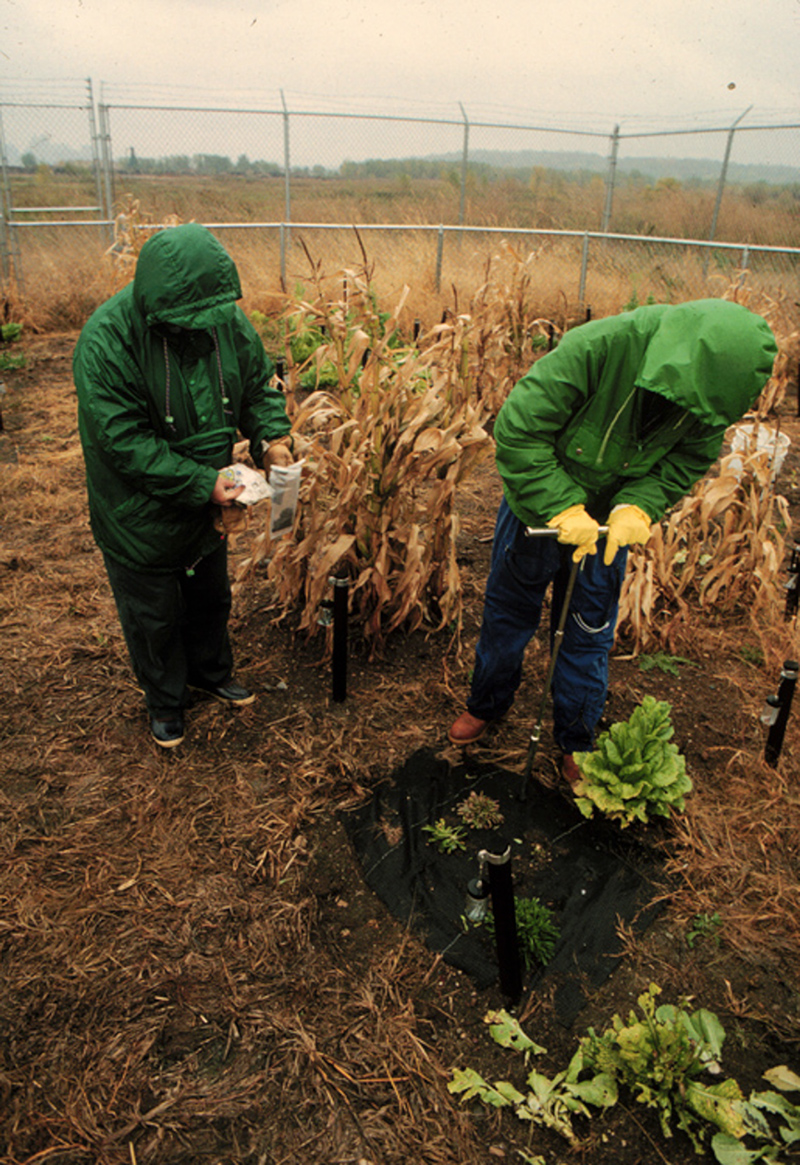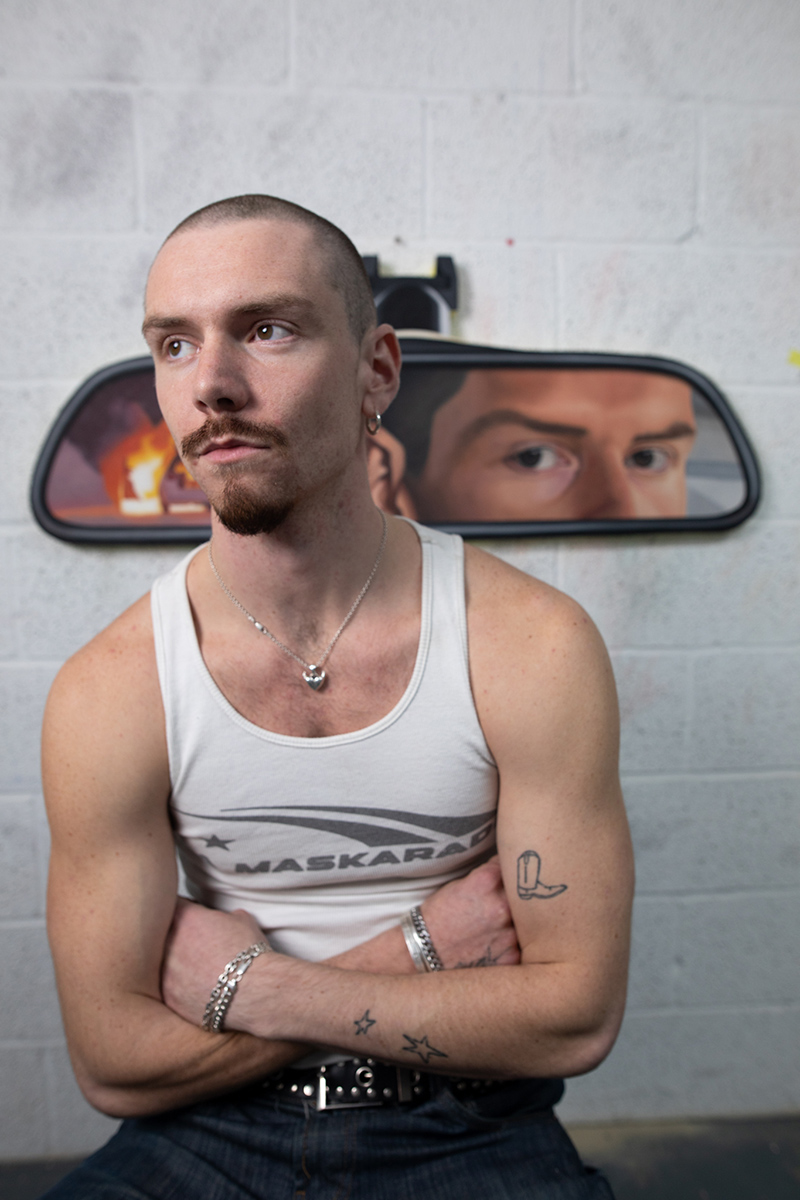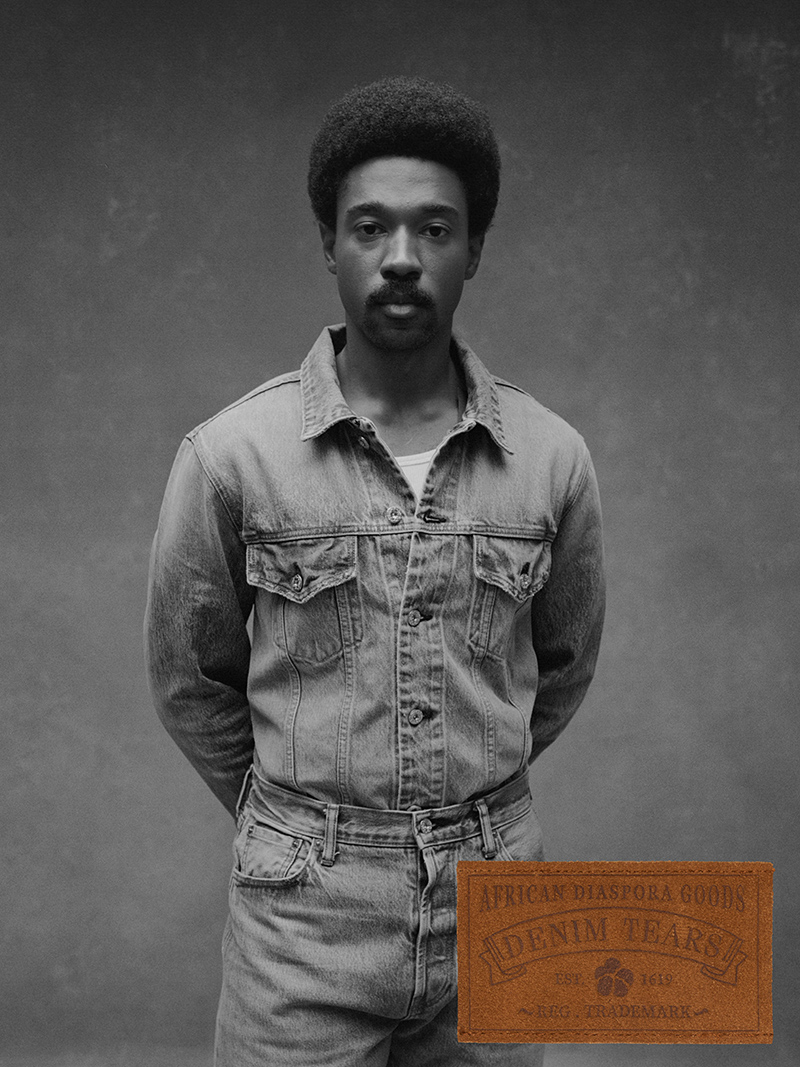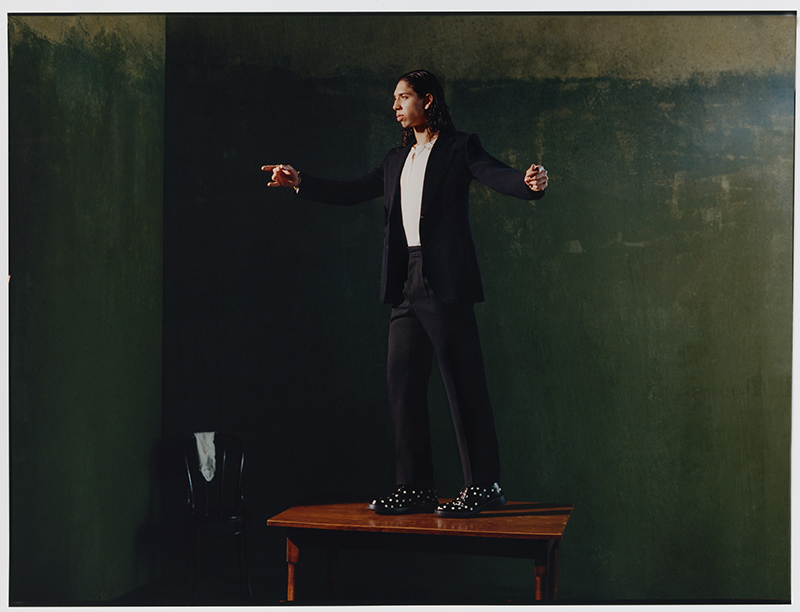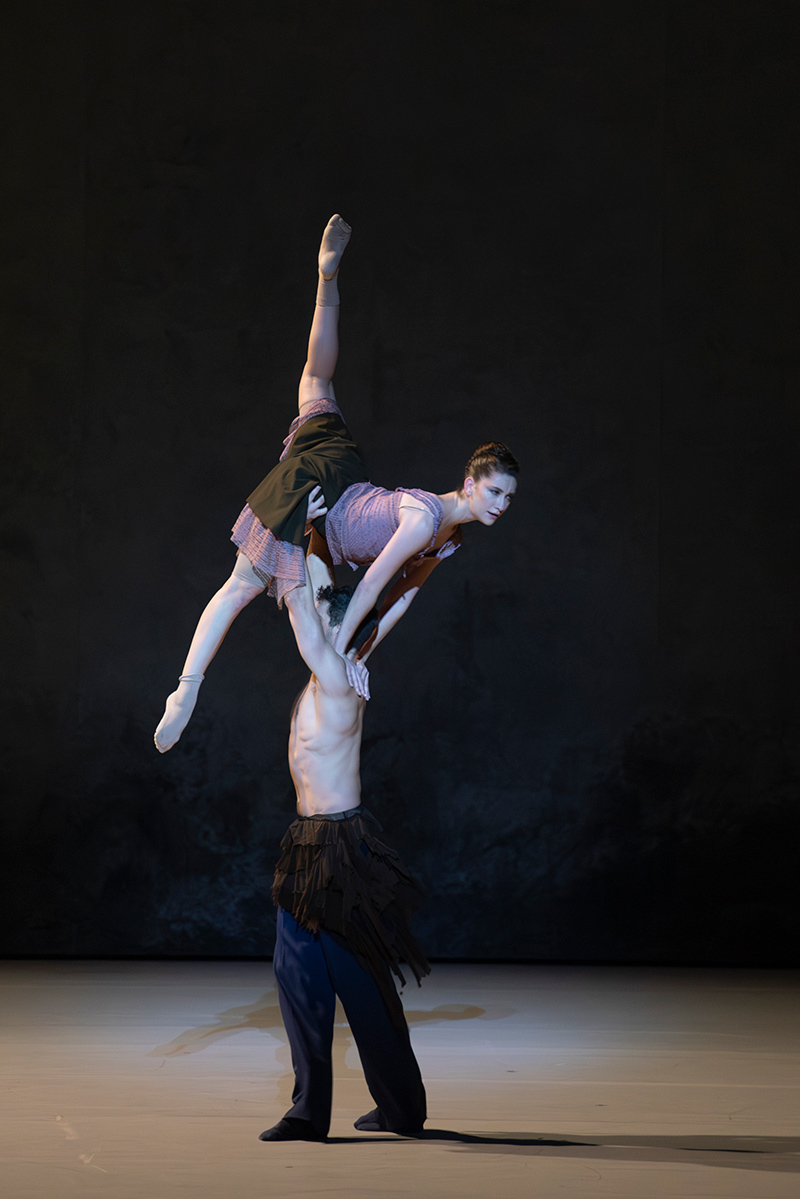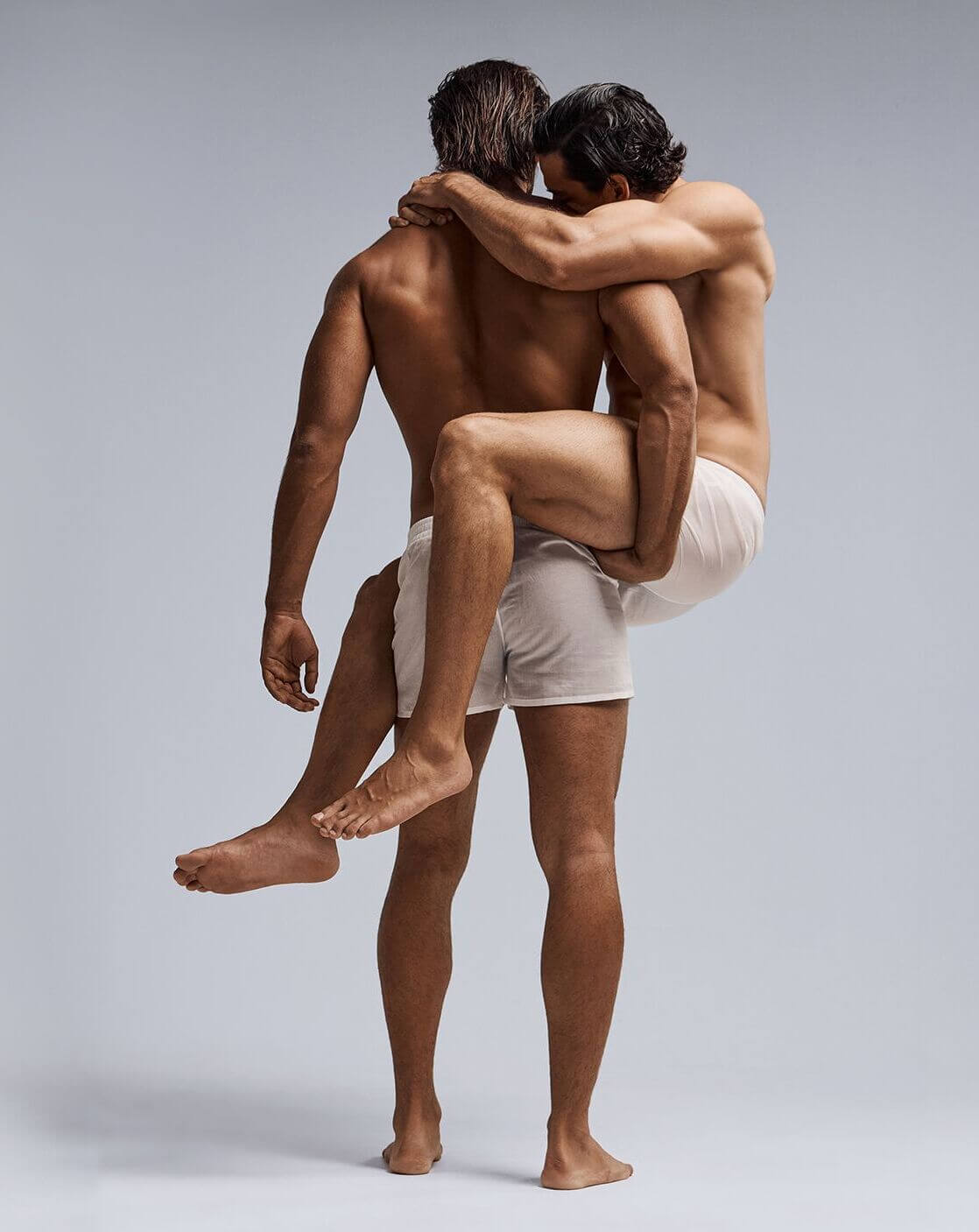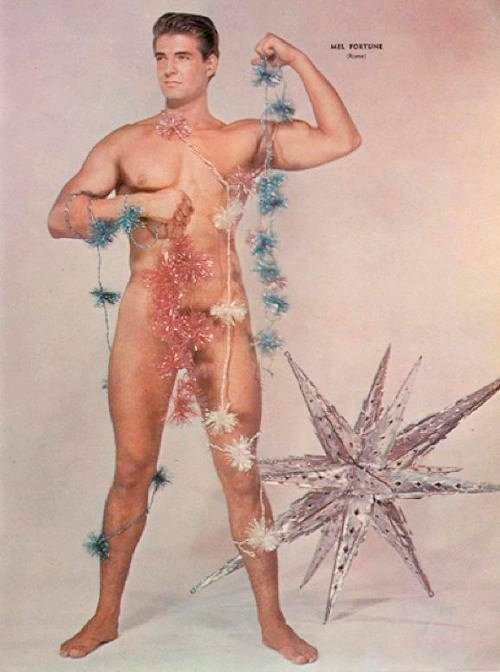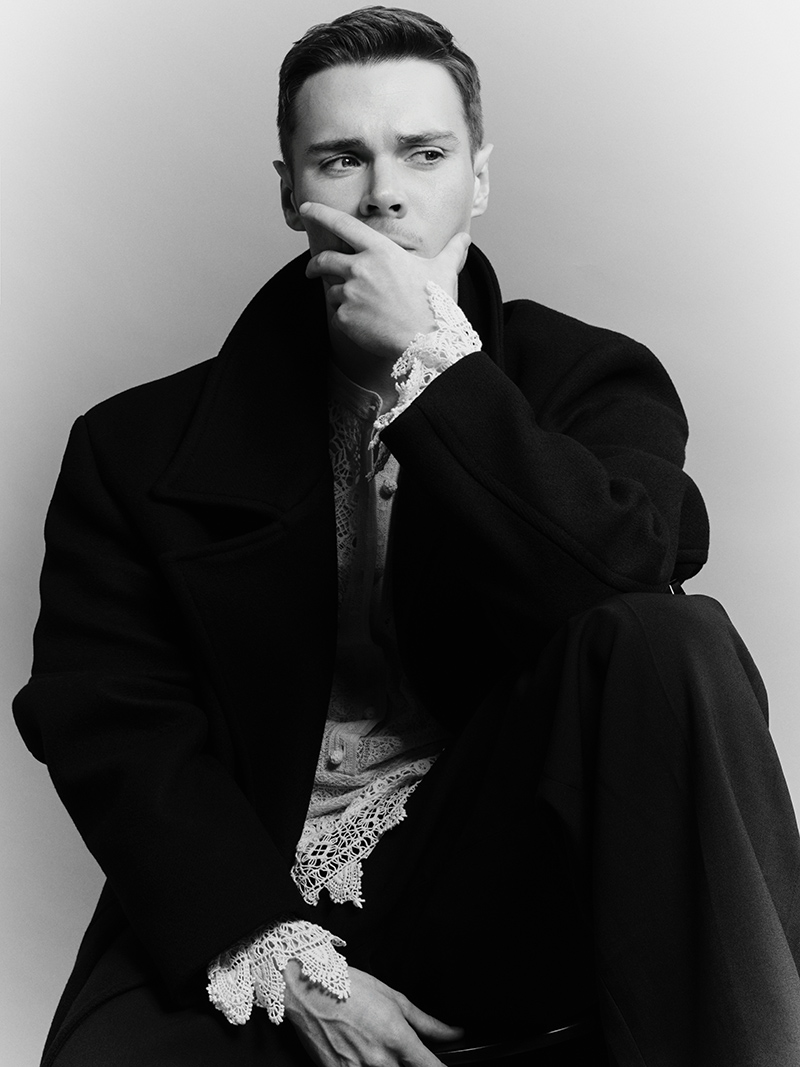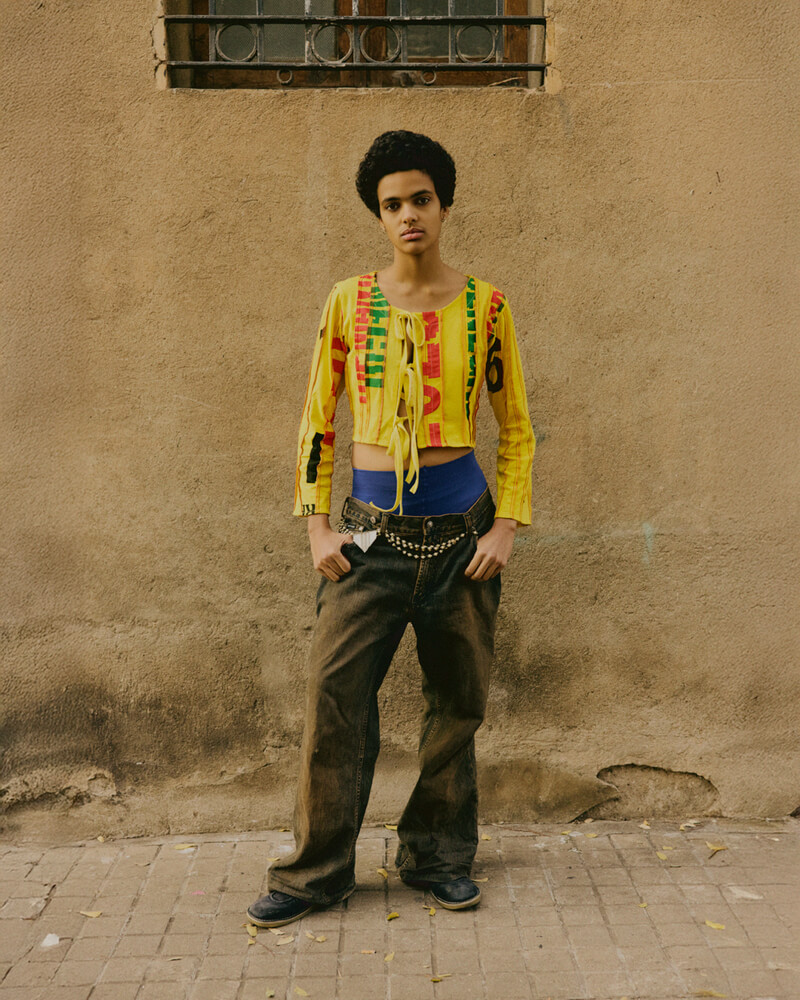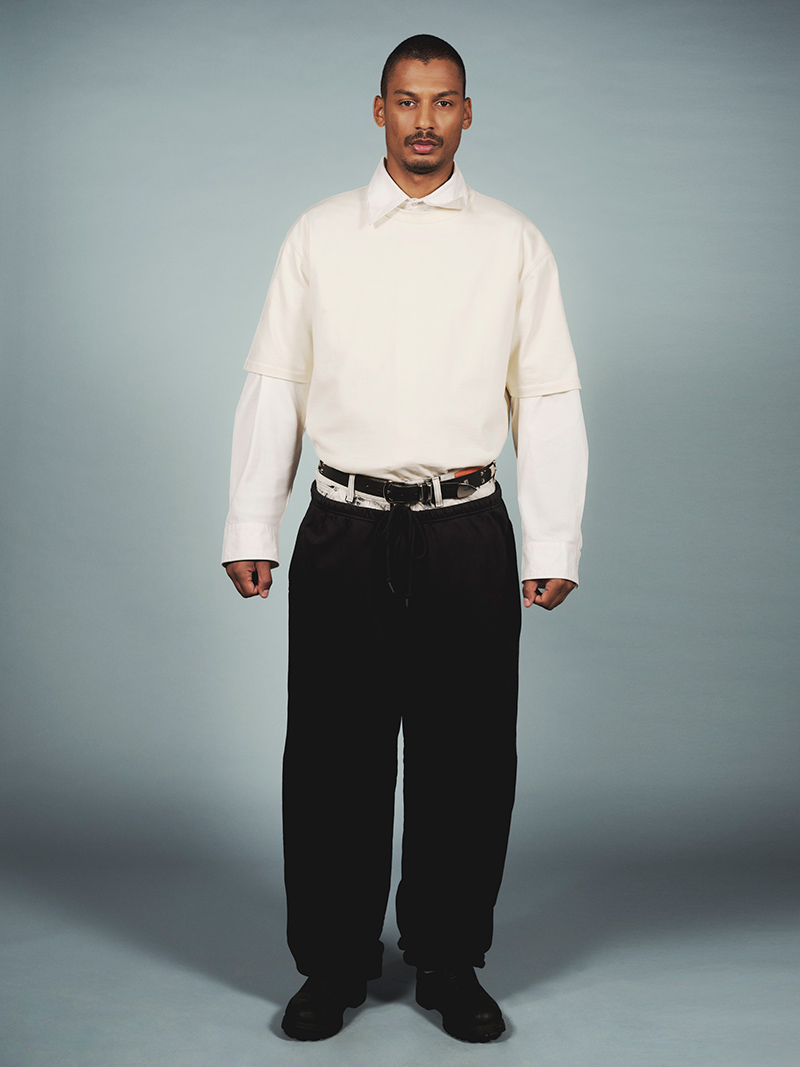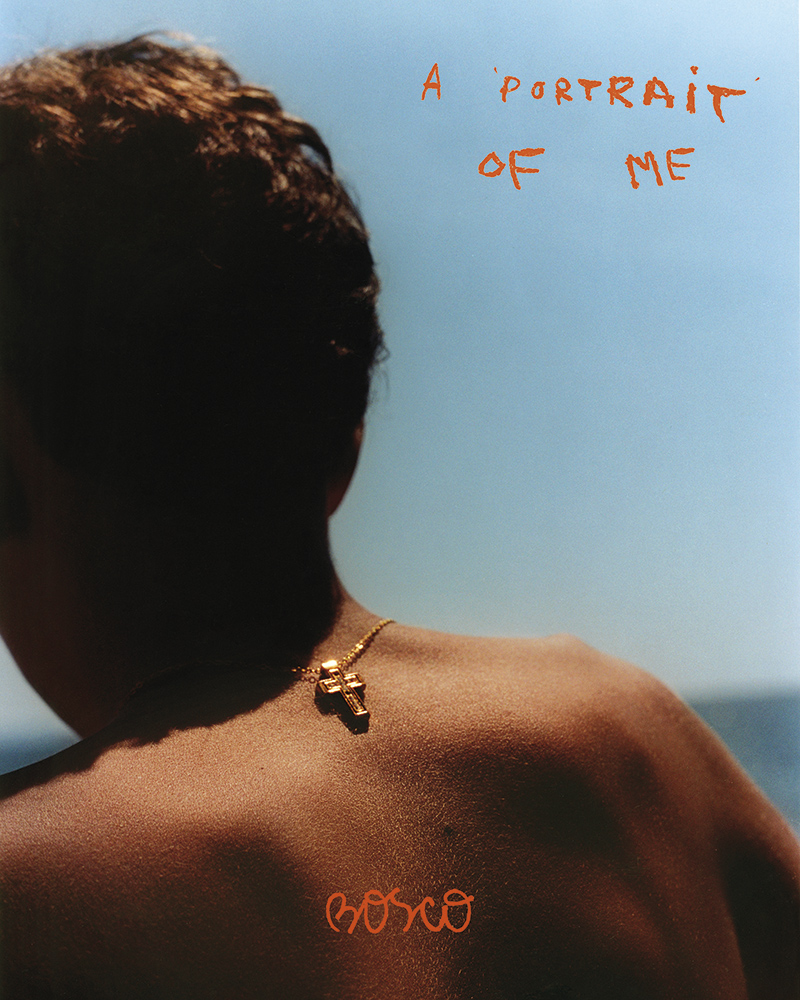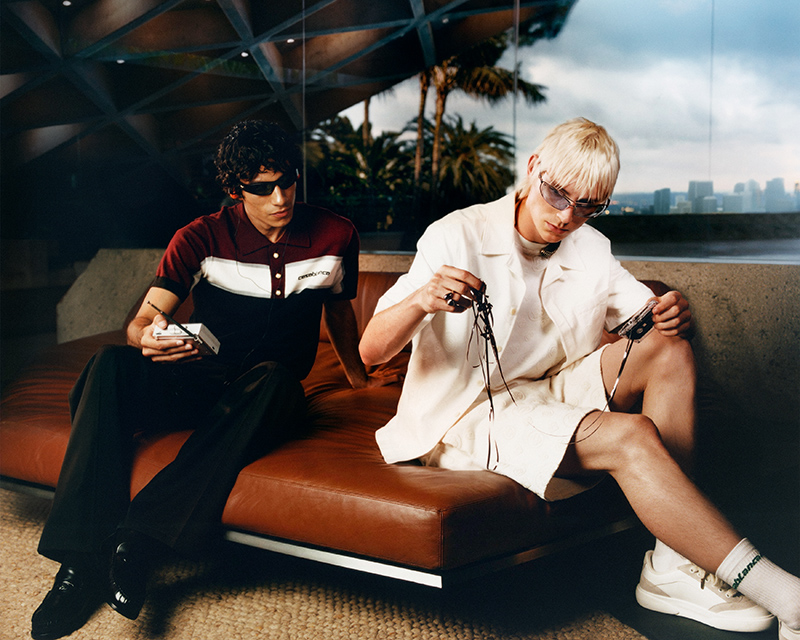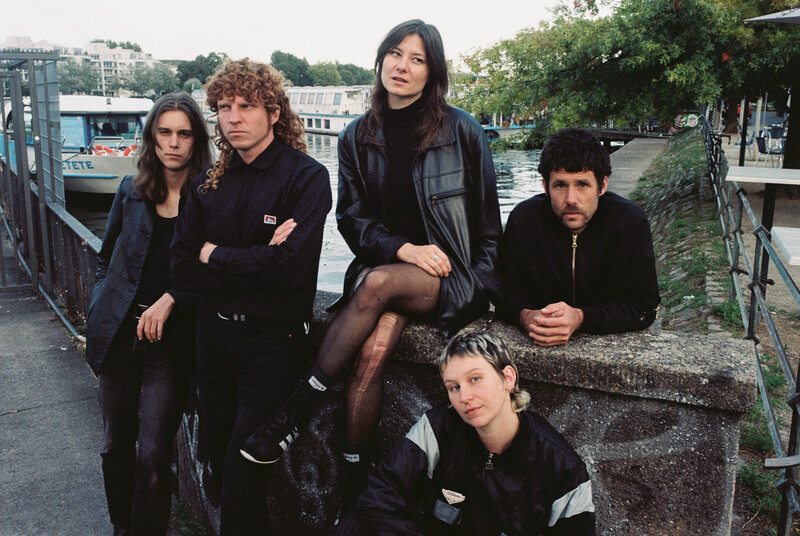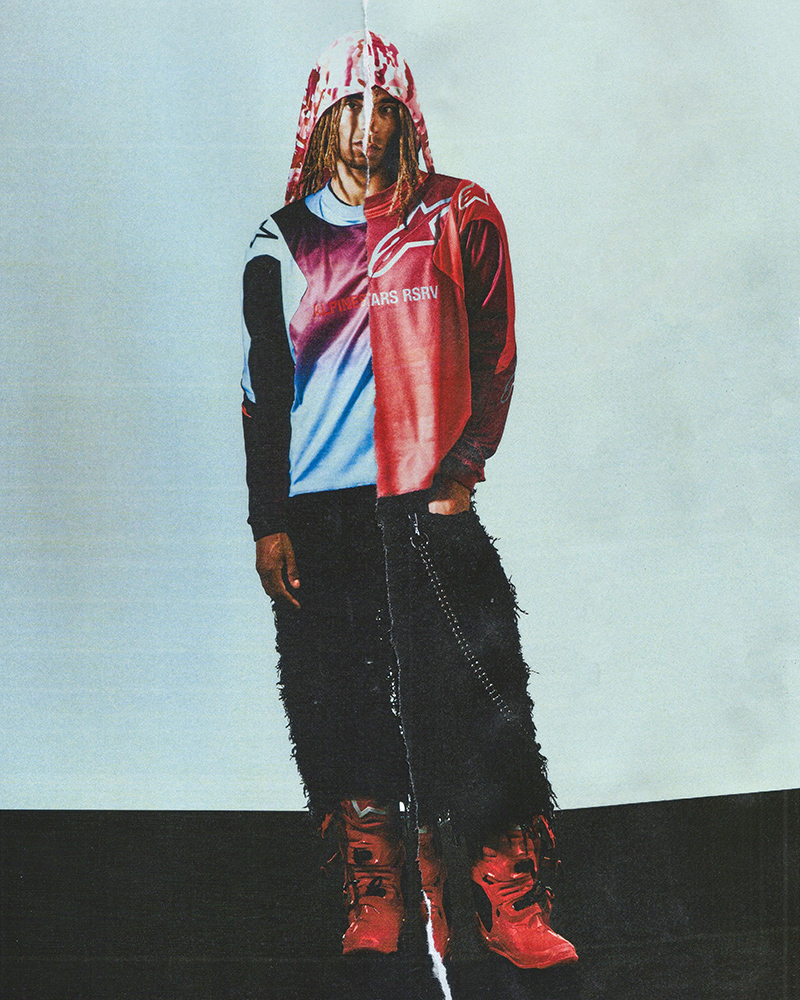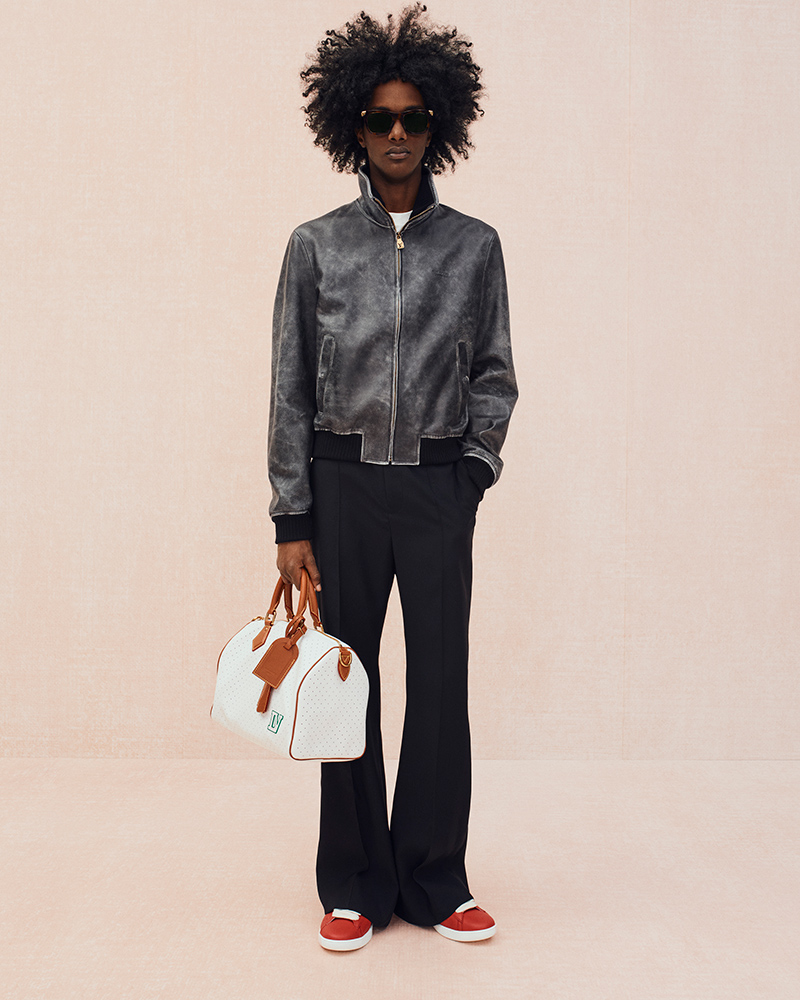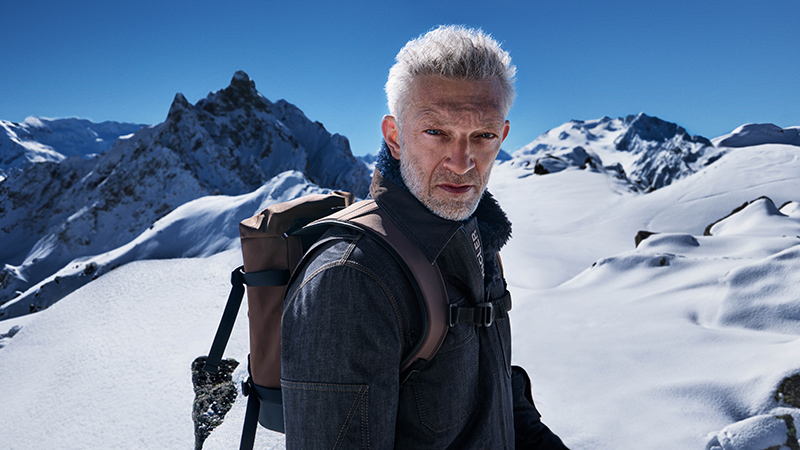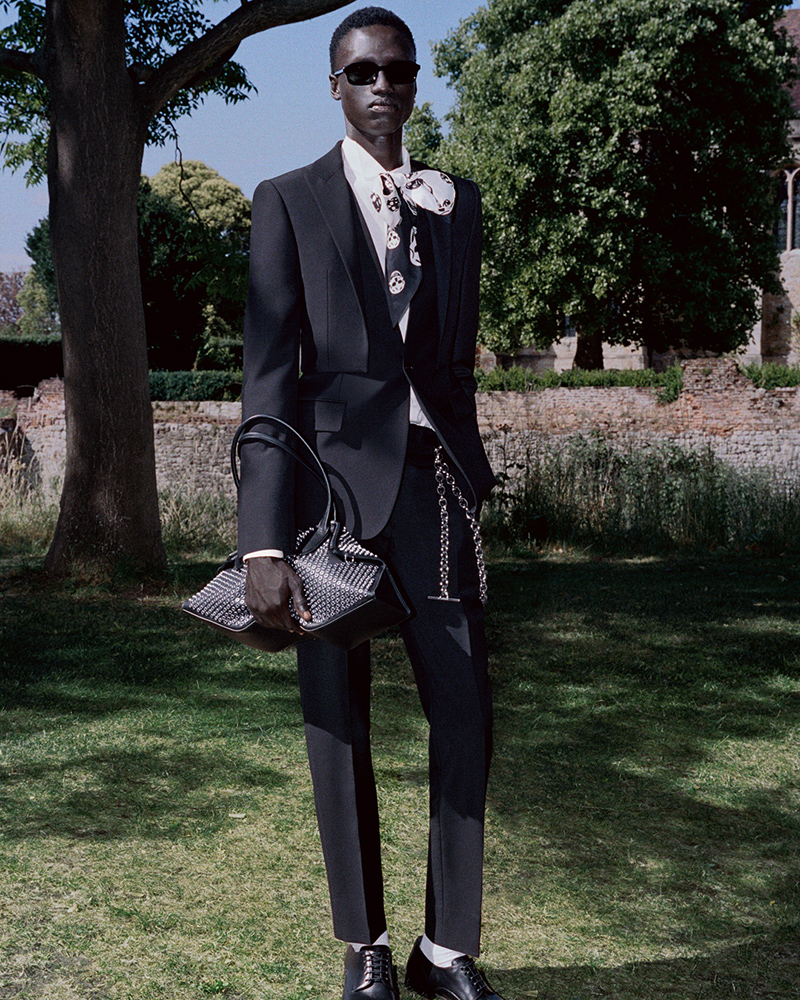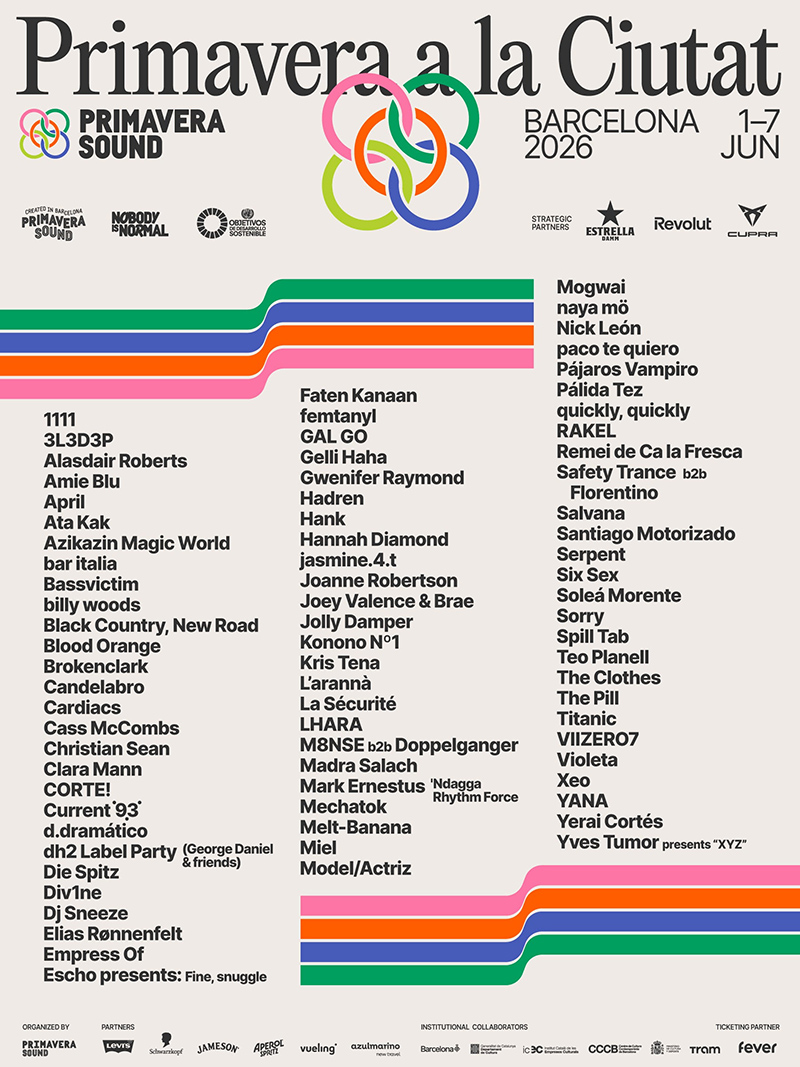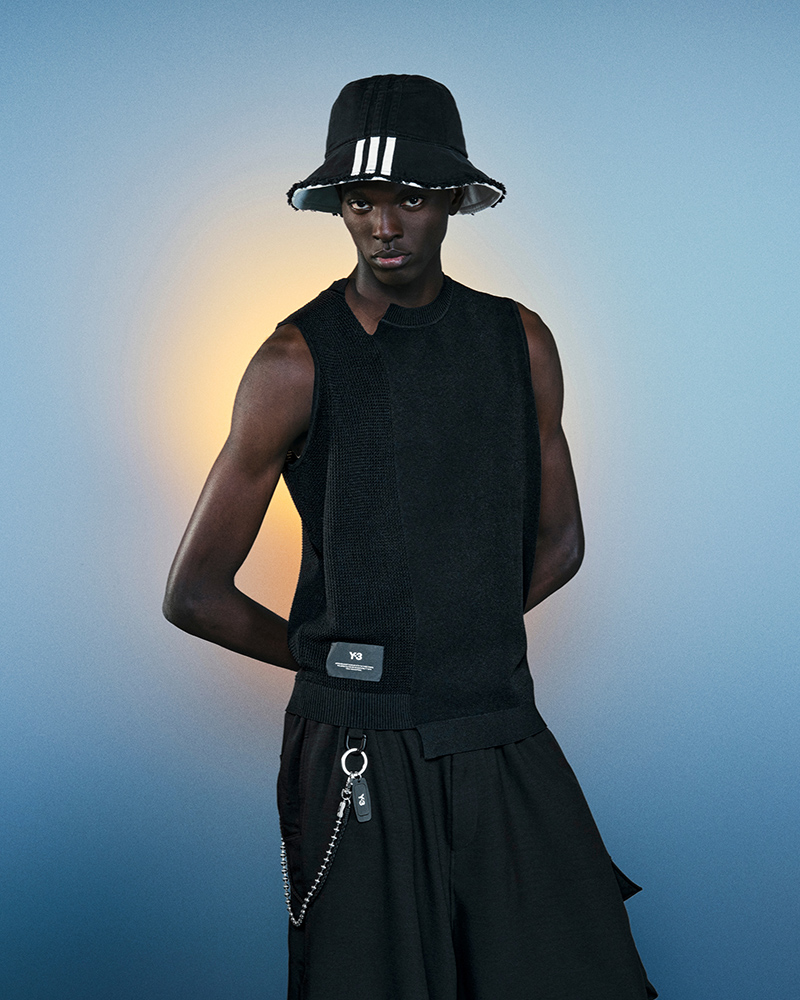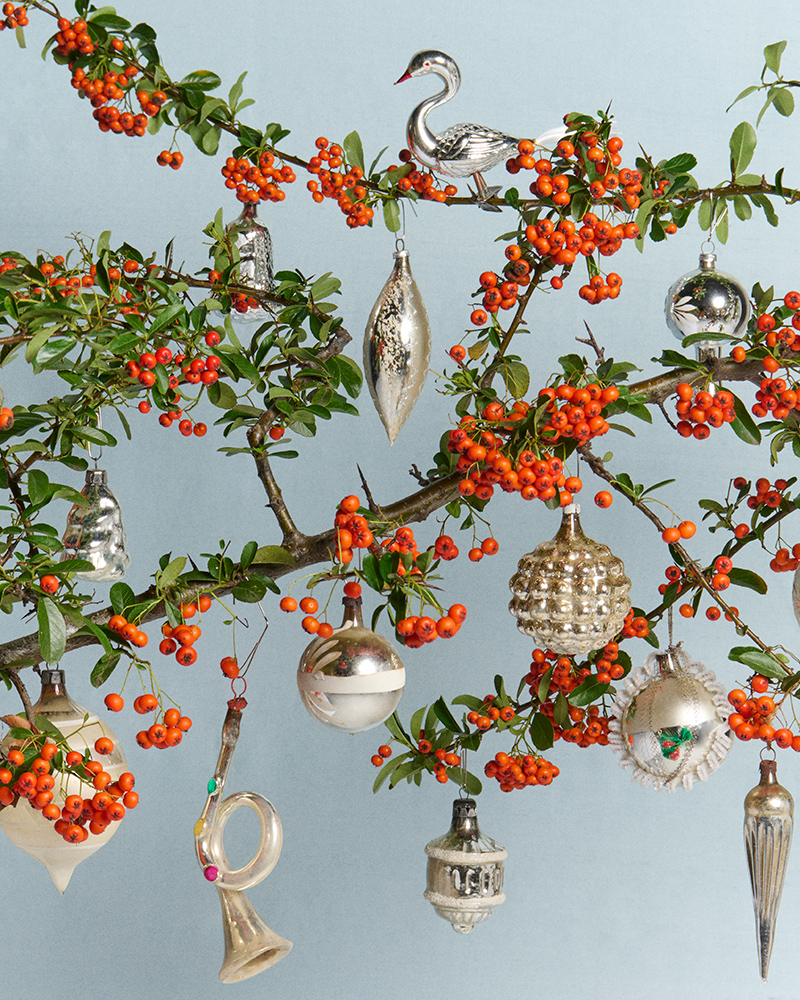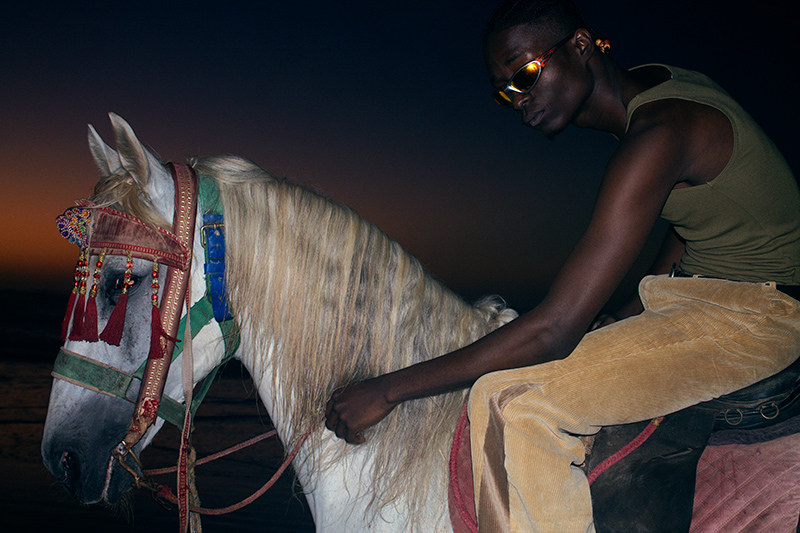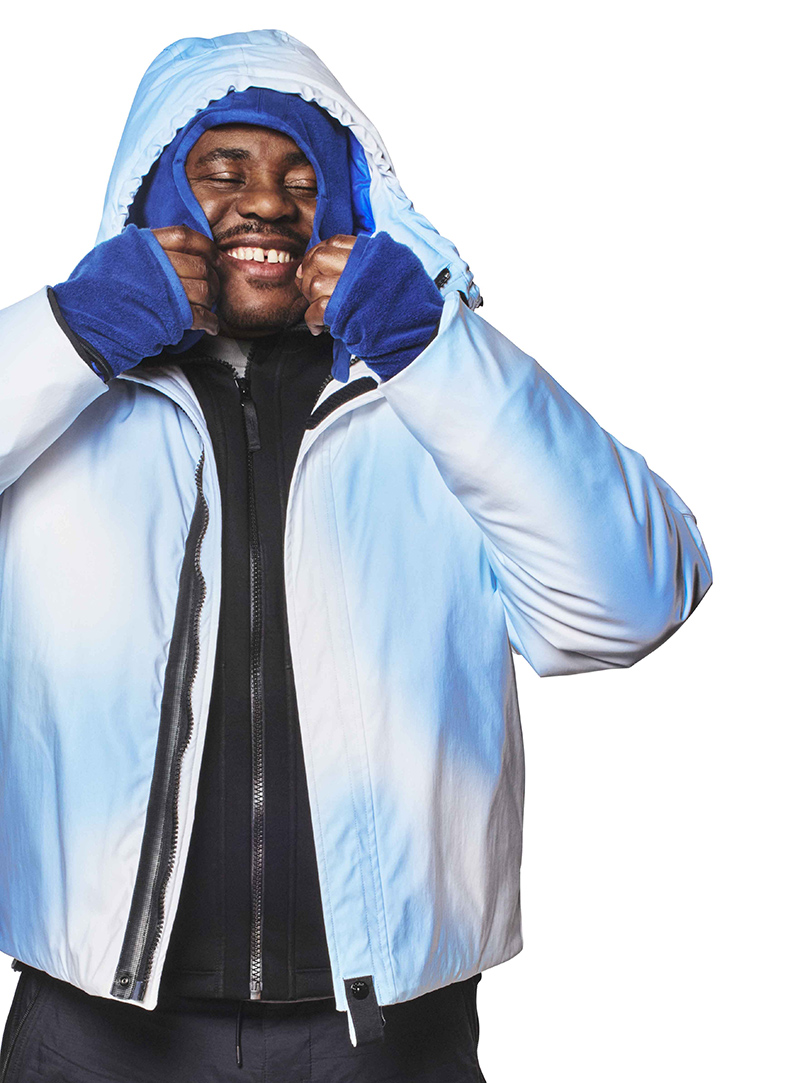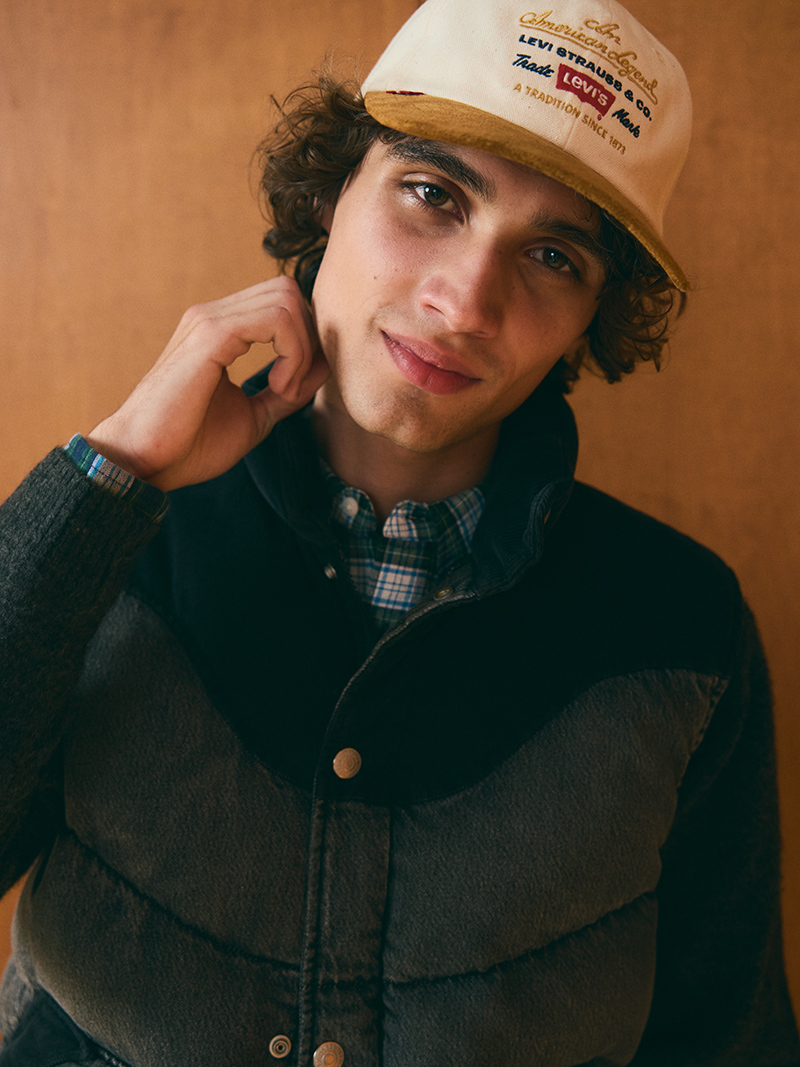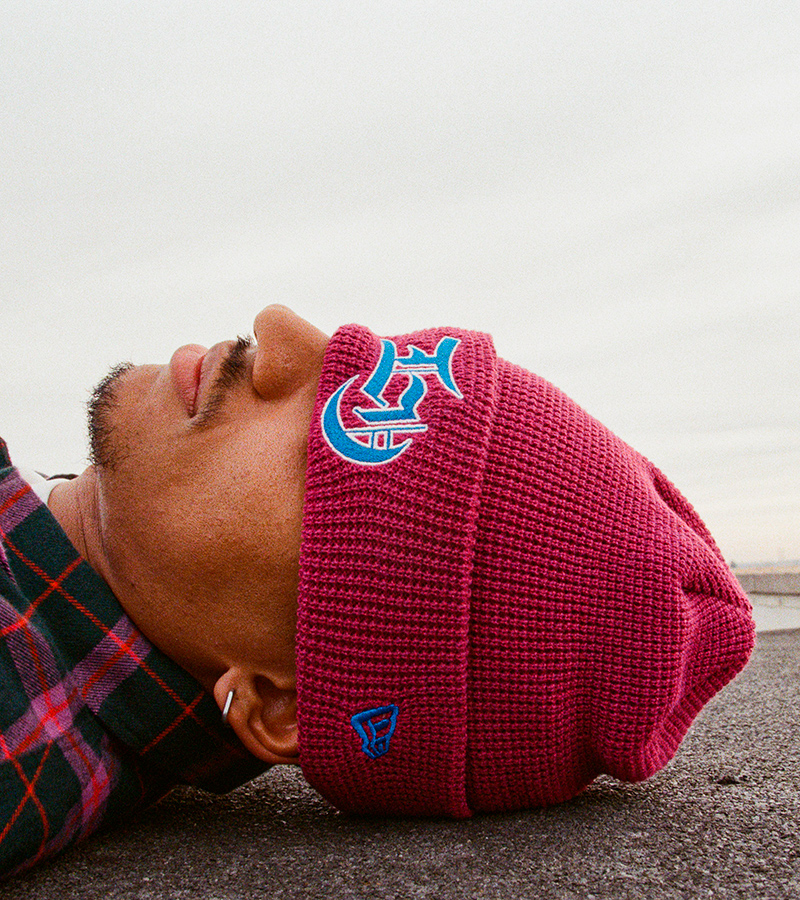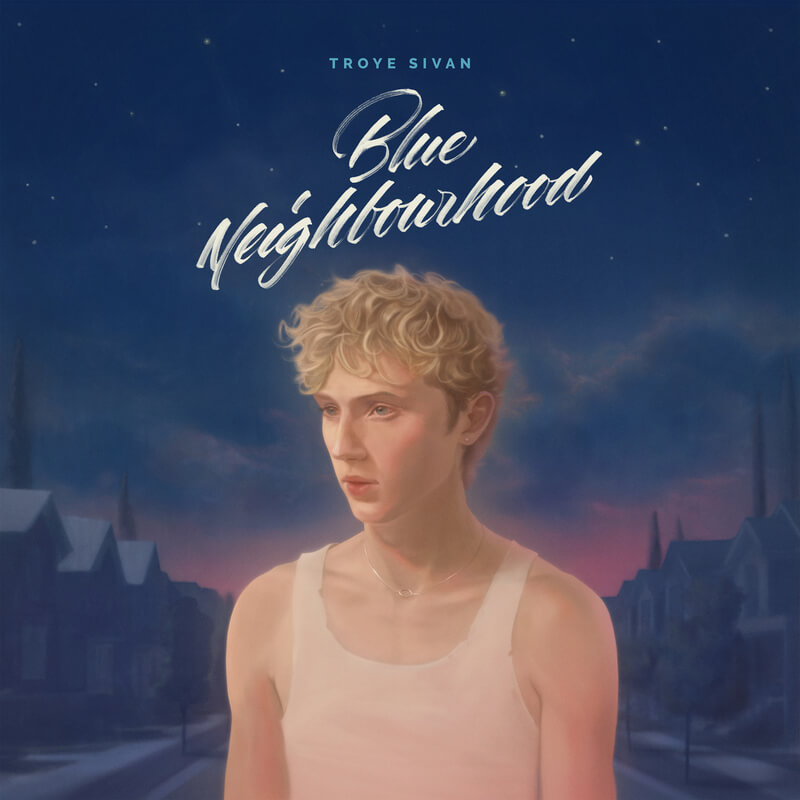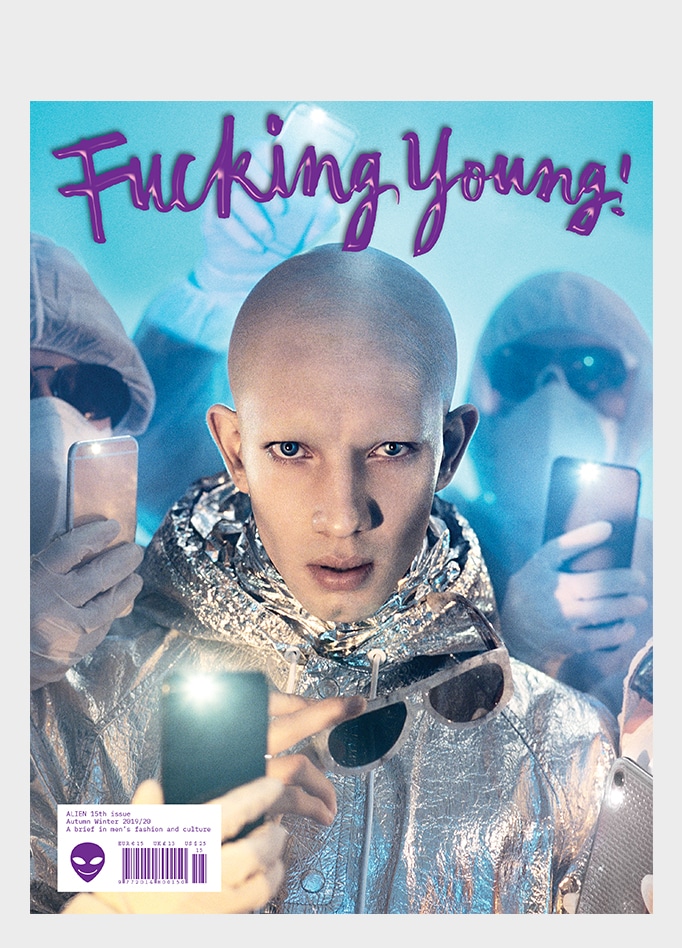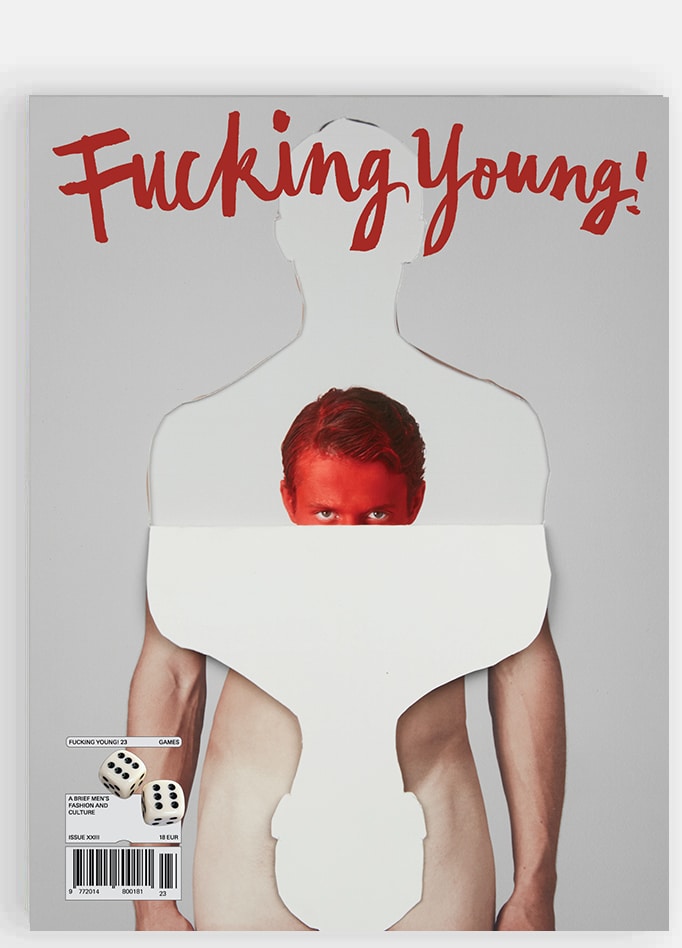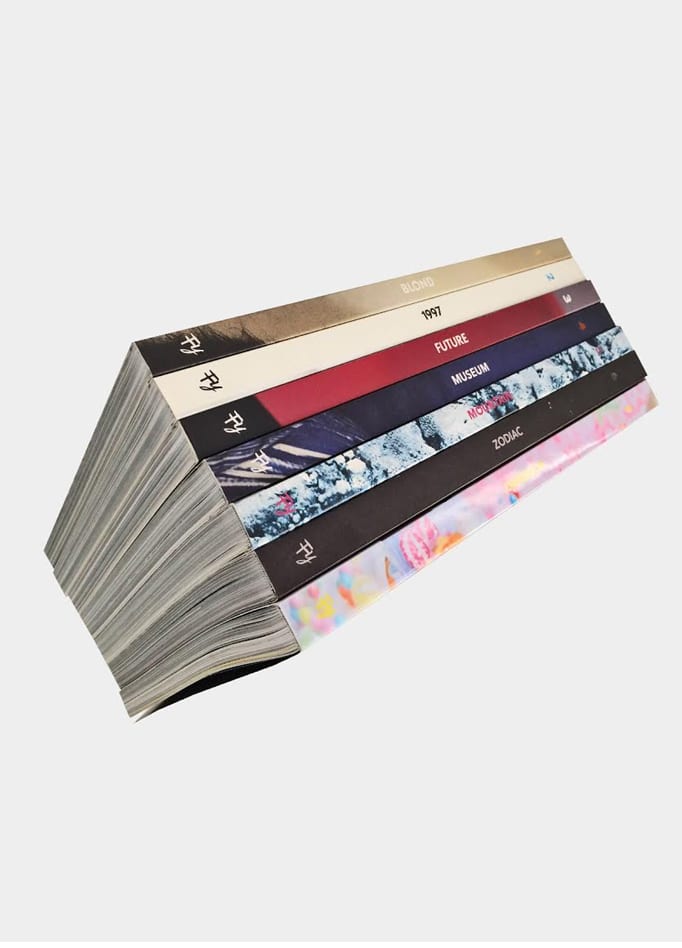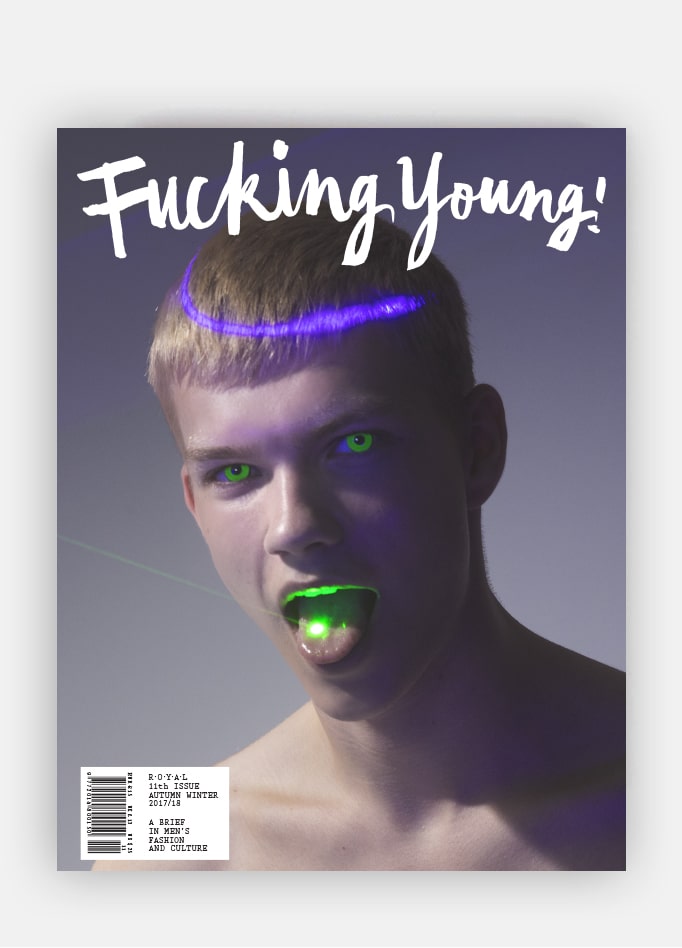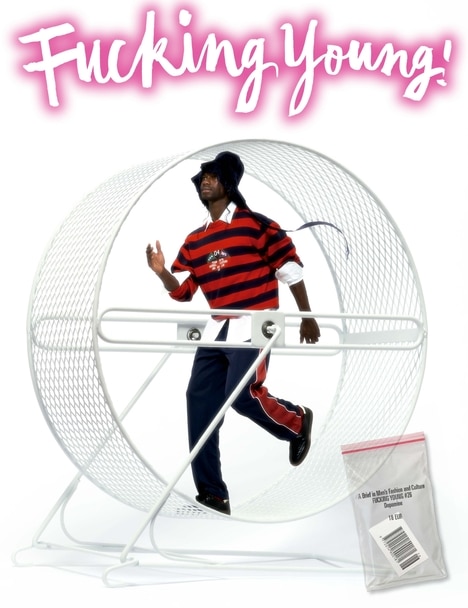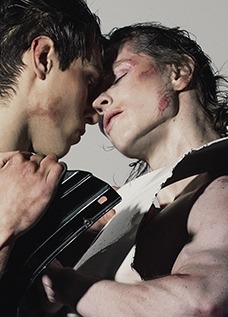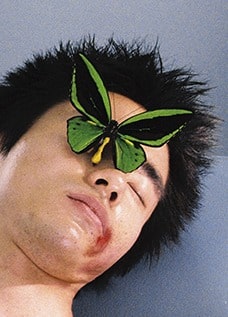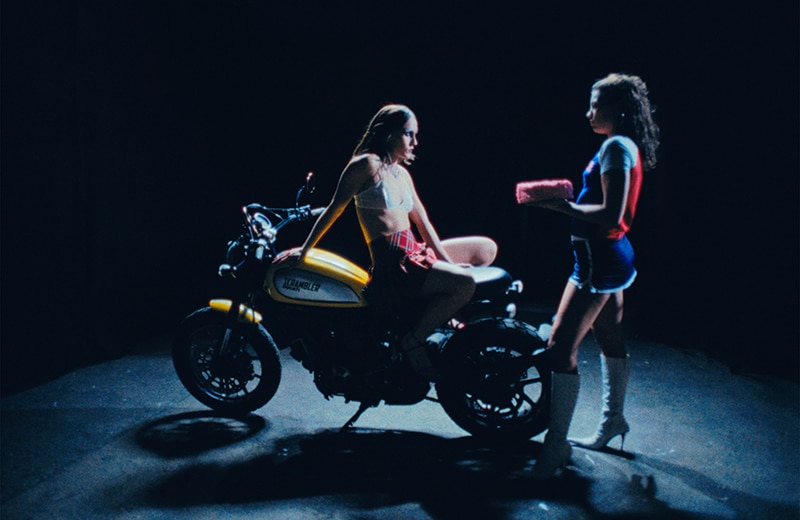
There’s something raw and electric in Last Exit on Bethnal, the new collaborative project between London producer/DJ Hannah Holland and filmmaker/photographer Lydia Garnett. From a short film to a conceptual album, the project isn’t just a celebration of queer nightlife; it’s a whole world. Created around a dreamy, high-saturation vision of sexuality, club culture, and chosen family, Last Exit on Bethnal pulls from queer cinema history while sounding entirely contemporary: shameless, euphoric, bass-heavy.
The result is what the artists describe as “unapologetically for dykes”: a short film directed by Lydia and an album by Hannah that blend film, music, and underground queer culture into one sweaty, immersive world. With a cast of icons and friends including Karima Francis, Roxy Lee, Eve Stainton, and Sharon LeGrand, the piece is a manifesto to queer world-building. We caught up with Hannah and Lydia to talk club memories and building a fantasy rooted in reality.
More than just a collaboration, Last Exit On Bethnal is an entire world. Where did this project first come from, and how did you two begin shaping it together?
Hannah: It started off with a discussion in a pub about wanting to work together as fans of each other’s work. I had an album project I wanted to turn it into a film project, we had a non-stop back and forth of dyke references and things we wanted to see on screen, and ideas of queer spaces. Then scenes started to flow. Soon, it was obvious to me once things had formulated that I would make new music for it, and the former album was put on hold for this wild beast that was coming together.
Lydia: I’d always admired Hannah’s music and was keen to collaborate on a new film project. It was clear our minds shared the same vision of a Dyke underworld, and we worked very closely to bring it to life. We shared a lot of references and drew inspiration from art-house gay cinema. We wanted the film to feel indulgent and hedonistic, while being rooted in London’s queer club scene.
Hannah Holland
The project brings to life this “mythic nightlife”, a dreamlike, queer underworld. How did you build this world together, and what were your creative guidelines for it?
Hannah: Dyke power was a creative guideline, and we just put together a massive amount of images and fantasy ideas. We were both very much on the same page, and once we started, we were texting back and forth every day for a good month or more. Then Lydia’s legendary moodboard appeared, and everyone who saw it jumped on board.
Lydia: We knew we wanted to create a film with a Dyke heavy cast, and we designed scenes for different kinds of characters and actions to play out; from a soprano’s style pool scene to water wrestling to a sweaty welding scene. As a director, I like to establish and art direct the set and then let the characters (and their alter egos) let loose.
Lydia Garnett
You have described the film as “unapologetically for dykes”. How did each of you interpret that, both sonically and visually?
Hannah: We really felt in the past there was a distinct lack in seeing sexy, strong, and cool images made for dykes by dykes. Seeing Lydia’s work with Close Shave, Impact Driver by Eve Stainton and Dykes Just Do It by Sweatmother on stage at the ICA were real inspirations and something I hadn’t ever seen before and it felt amazing to see dyke culture (in all forms, femme, masc, trans, non binary) represented in this empowering artistic and sexy way.
Lydia: We wanted to create work that feels reflective of the world around us, and there are so many amazing initiatives and club nights like WET and U-Haul Dyke Rescue, where you really experience the joy in Dykes partying together. It was amazing to then play the film to a big audience at the ICA and see the response; it felt like a real queer takeover.
The queer club scene and nightlife are the core of this piece. How did your own personal experiences with queer nightlife shape the story and energy of the album and the film?
Hannah: We were able to draw on our extensive experience of the surrealness of what a night out can be like; we were very inspired by David Lynch and wanted to capture an essence of memory, a fantasy landscape, non-reality. The energy of the album came directly from that — it fed off the imagery and the atmosphere we were building on screen. And for me, having spent years working with club music and film scores, this was the perfect space to merge the two, to let them blur and speak to each other.
Lydia: Like a night out, the music propels you through different scenes, you keep being introduced to different characters and different spaces that exist within the same world.
For the cast – Karima Francis, Roxy Lee, Eve Stainton, Sharon LeGrand – what was the casting process like, and how did having these cult icons shape the final outcome?
It was basically a wish list of all our iconic mates.
Which elements from queer filmmakers like Derek Jarman and Kenneth Anger, whom you referenced, did you take inspiration from for this contemporary piece?
Lydia: We wanted the work to feel indulgent, unapologetic, surreal, and nonlinear.
With its bass-heavy, dirty, raw beats, Biker, the first track of the album, feels like a mission statement. Why did this track become the first single, and how does it introduce the rest of the album?
Hannah: The whole album was written after the shoot, after seeing the images and translating them. The simple, raw, edgy, sleazy element suited the bikers and happened to be the strongest lead track and a good opener, into this gritty world. That bass-heavy, raw sound immediately sets the tone — it throws you straight into a mood.
You are a pillar of London’s queer club scene. With this project, do you feel like you’re encapsulating nightlife memories, mythologizing them, or imagining something entirely new?
Hannah: It’s fragments of memories, fantasy, surrealness, something that lingers in your mind and body after. We wanted to create something of a moment that encapsulates the feeling of a night, dreamlike as opposed to a reenactment of a club, which can be quite boring, reproduced for film. We shot everything at The Cause (where I have my DJ residency for Adonis), so everything felt very familiar and at home. Mythologizing is a good way of putting it, turning those messy, euphoric moments into something heightened, something sacred.
How has working on Last Exit On Bethnal changed your approach to creating music compared to past productions?
Hannah: Last Exit has been a unique practice of scoring music to my fantasy imagery. This is what I’m most interested in: DJing and producing film music. Both are strangely a similar part of the brain, sensing an atmosphere and creating a soundtrack to enhance, provoke, cushion, etc. I adore the collaborative aspect of filmmaking, playing with a dance floor and sonic storytelling.
The film features various textures: leather, machinery, neon, and skin. How intentional was that sensuality, and what role does it play in expressing “dyke sexuality” in the film?
Lydia: There’s a sensuality to the textures, like the leather and the wet vests, that conveys feelings of touch, chemistry, and electricity.
The film has a visual rhythm that cuts between epic club scenes, intimate moments, and surreal imagery. What was your editing approach, and how did you play with visual motifs to craft this world?
Lydia: We worked with editor Geri Docherty, who wove scenes together and set the pace. We wanted moments of release and tension, and for the audience to really be able to get lost in the music and feel overwhelmed.
This is clearly a love letter to the queer community. What do you hope stays with audiences after experiencing this pride-filled project?
Feeling sexy as hell.
Finally, what does “fucking young” mean to both of you?
Just doing it, whatever your drive is, just fucking do it!
Watch Last Exit on Bethnal below:
